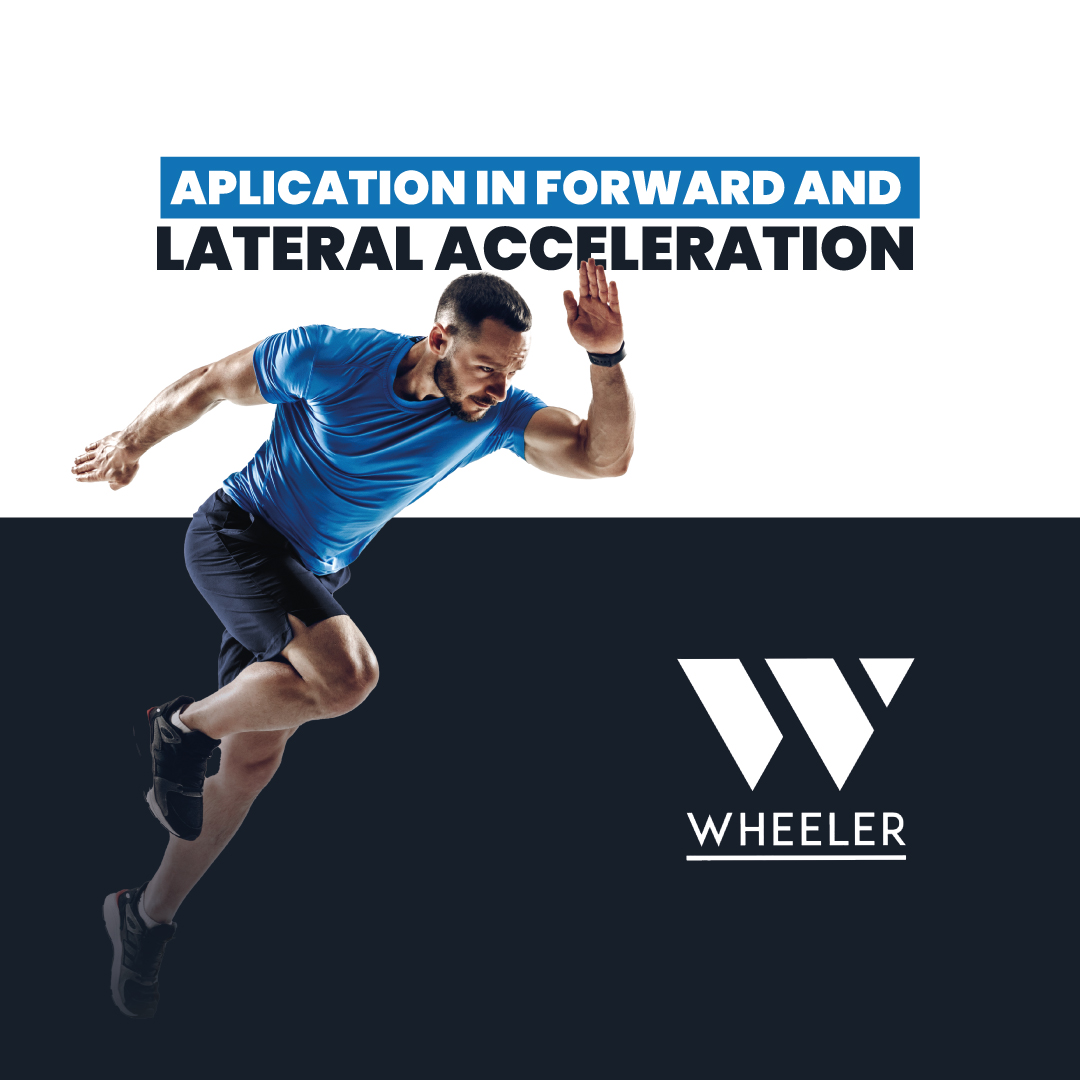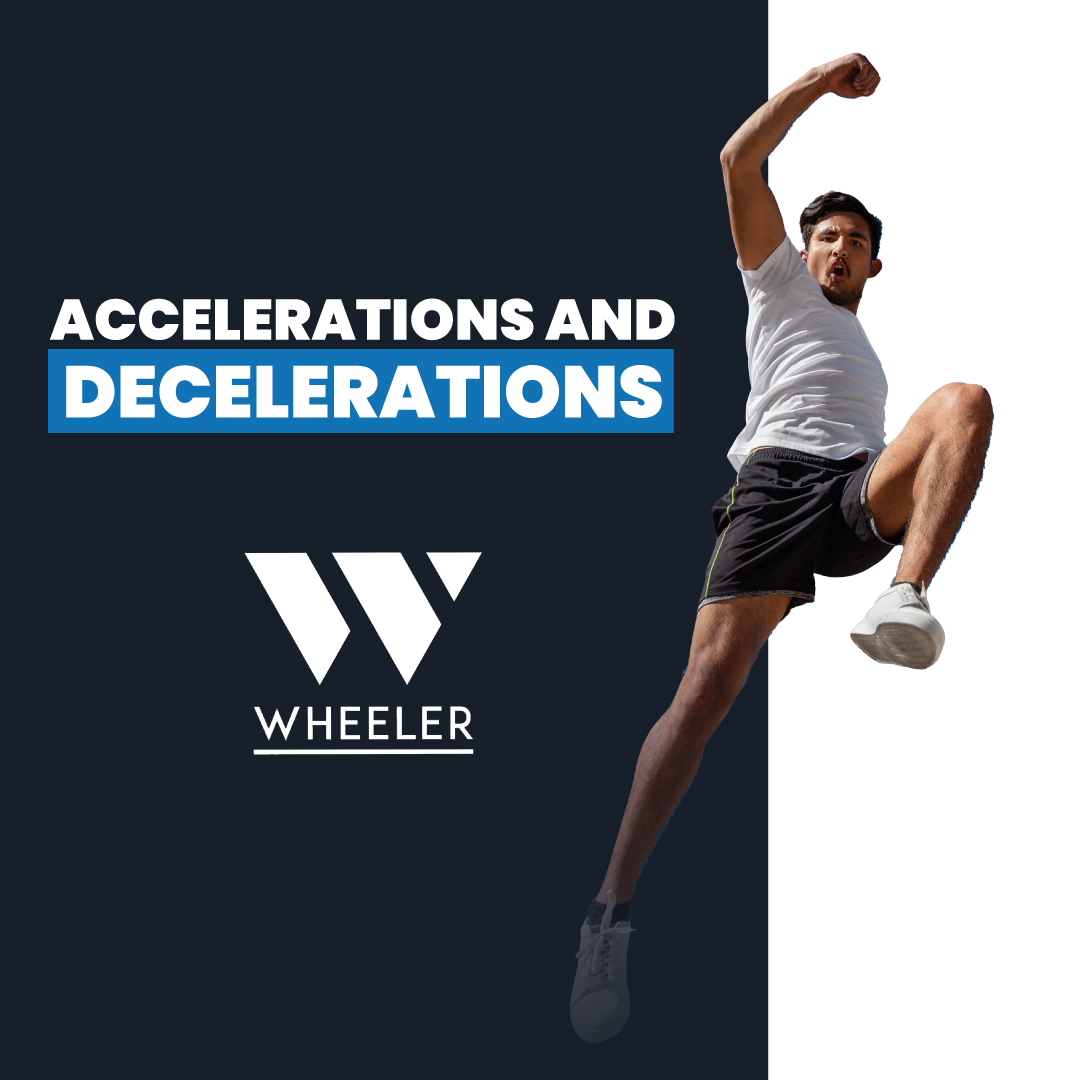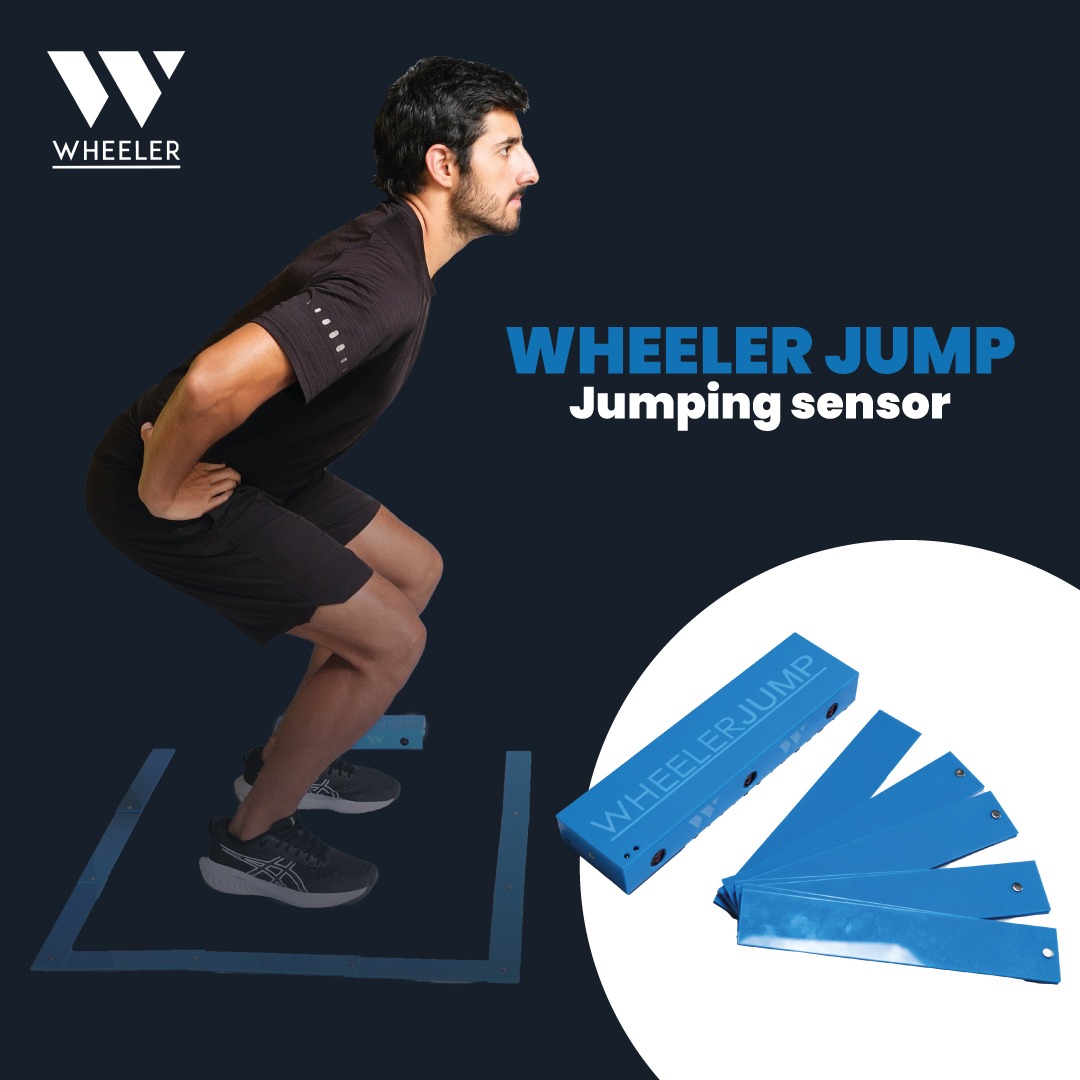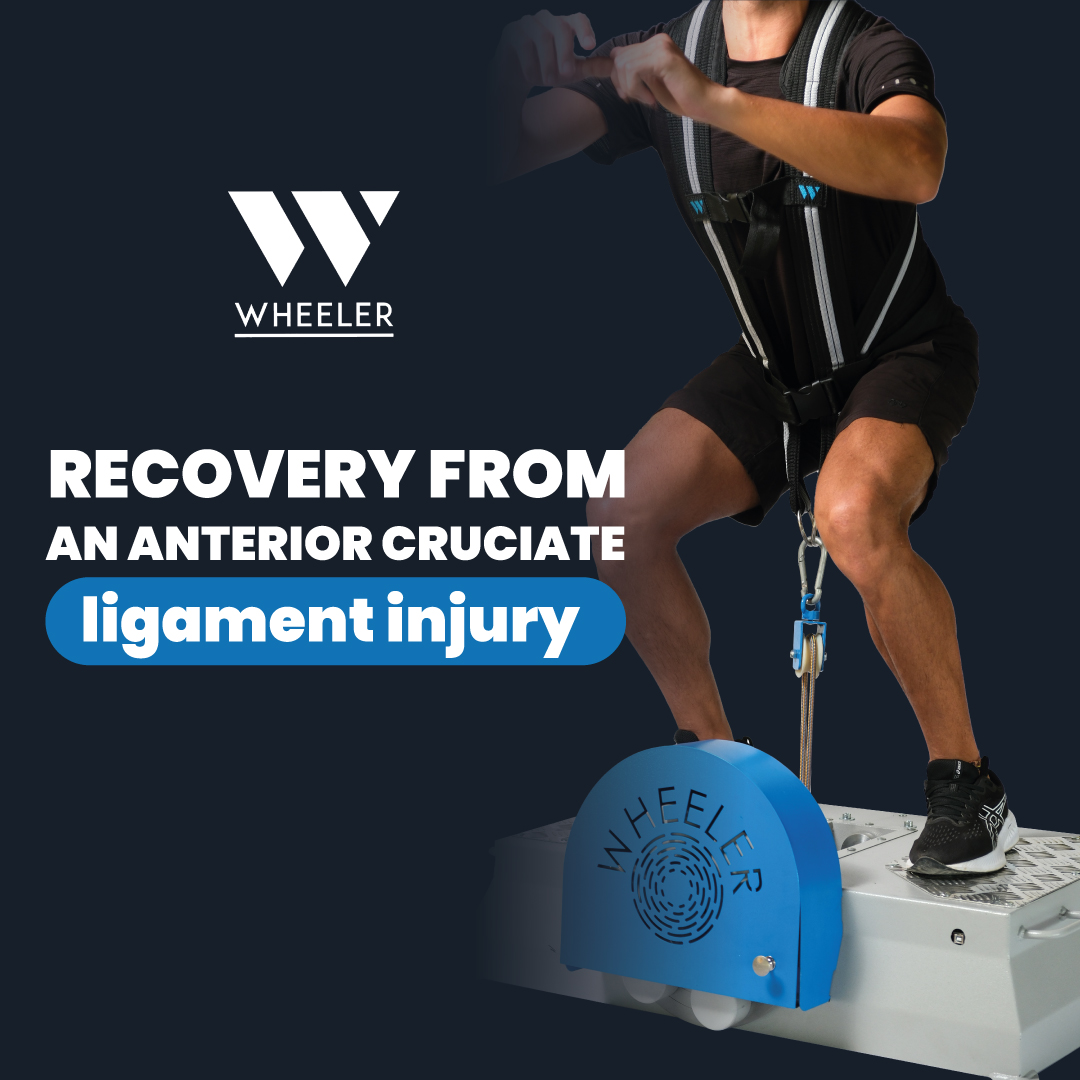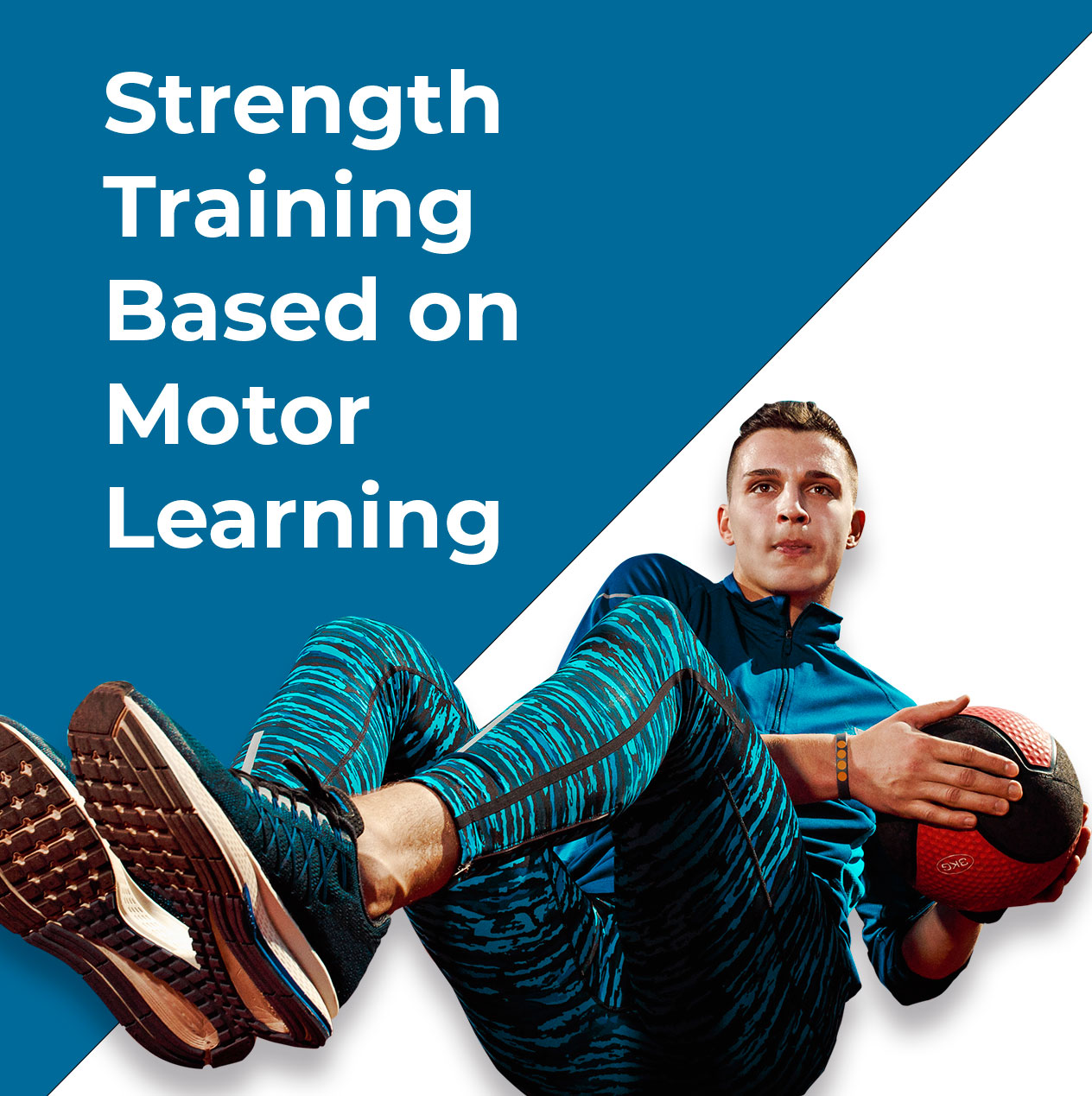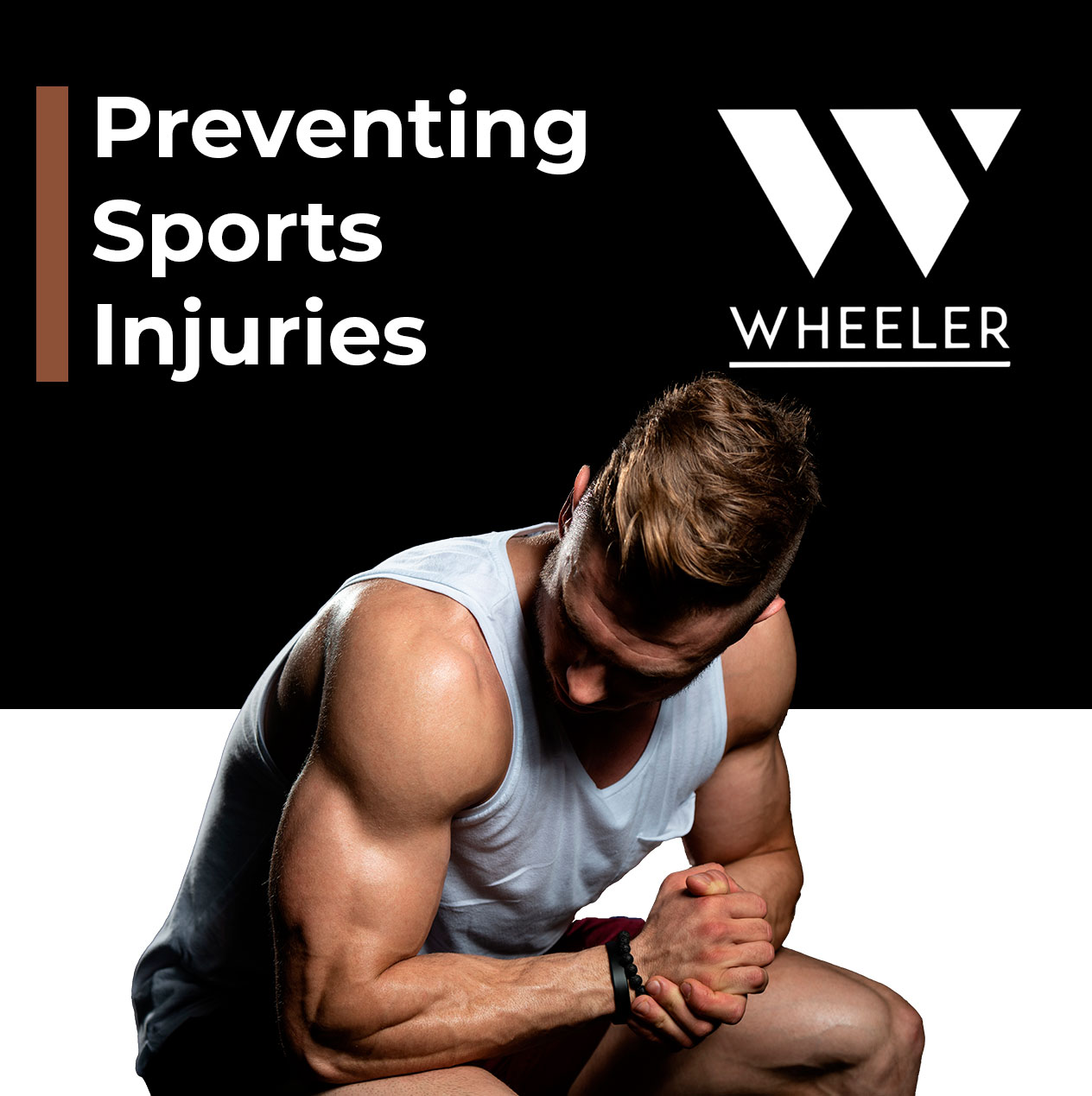Importance of Proper Acceleration Technique In the realm of sports, the ability to accelerate efficiently and swiftly marks the difference between success and mediocrity. An athlete’s initial steps are crucial for gaining momentum and reaching their maximum speed. Therefore, the proper application of force in acceleration, along with correct technique, are fundamental aspects that not […]
Mastering Acceleration and Deceleration The ability to accelerate and decelerate is crucial for athletic performance. These dynamic movements involve a complex interaction between the central nervous system and the musculoskeletal system. During acceleration, the body generates explosive force to overcome inertial resistance and reach the desired speed. On the other hand, deceleration involves braking movement […]
In the realm of strength training and physical fitness, drop jumps and their variations play a crucial role. These exercises focus on the eccentric phase of the jump, where muscles elongate under load before an explosive contraction. Evolving with technology, they now benefit from real-time monitoring of muscle and tendon behavior. Optimizing Muscle Efficiency Studies […]
Recovering from an anterior cruciate ligament (ACL) injury requiresa careful focus on eccentric strength and tendon stiffness. These aspects arevital for restoring knee stability and preventing future injuries. Loss ofeccentric strength during injury can lead to muscle inhibition and atrophy,affecting stabilization capacity during activities like deceleration andlanding. Conversely, tendon stiffness, the resistance of tendon tissue […]
Preventing injuries and enhancing performance are crucial aspects for athletes aiming to excel in their sport. Two of the most common and concerning injuries are muscle injuries, especially in the hamstrings, and anterior cruciate ligament (ACL) injuries. Effectively addressing the prevention of these injuries involves understanding anatomy, the mechanisms involved, and designing specific training strategies. […]
Introduction: Strength training based on motor learning focuses on preventing injuries and enhancing sports performance. By applying fundamental principles to optimize neuromuscular function and joint stability, this approach aims to improve athletic performance while reducing injury risk. This session discusses two key aspects: preventing anterior cruciate ligament (ACL) injuries and integrating plyometrics into training. Hip […]
Introduction: Preventing injuries in sports is crucial to ensuring athletes’ health and optimal performance. In this context, two of the most common and concerning injuries are muscular injuries, especially in the hamstrings, and anterior cruciate ligament (ACL) injuries. Effectively addressing the prevention of these injuries requires understanding the anatomy, function, and mechanisms involved, as well […]


